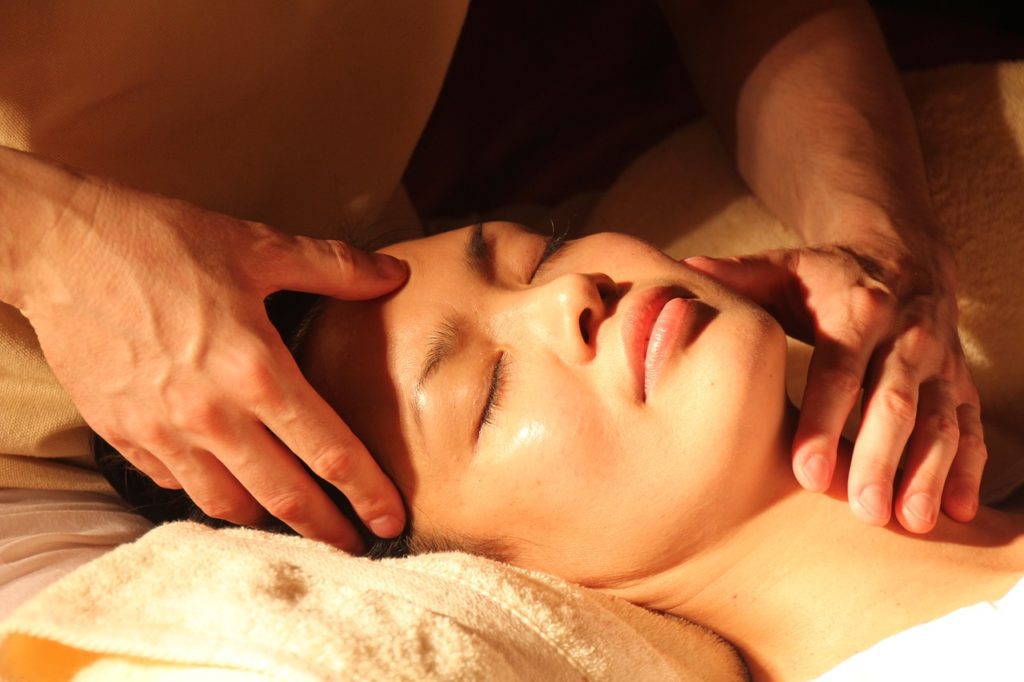Emotions wreak havoc on our lives. So the idea of some sort of emotional freedom technique might sound too good to be true.
Could there be a way to free emotions that are stuck in our bodies and leave us feeling raw, vulnerable, angry, afraid, or any other number of responses? Might it free us from physical pain?
The Emotional Freedom Technique appears helpful in this regard.
What Is Emotional Freedom Technique?
Emotional Freedom Technique (EFT) is a unique method for treating emotional distress and physical pain. You may also have heard it called psychological acupressure or tapping.
It was founded by Gary Craig. A Stanford engineering graduate and ordained minister, Craig took a decidedly spiritual perspective in developing this method. He believes that any disruption of energy in the body is the cause of negative emotions and pain.
Thus, by tapping different areas of the body that correspond with pain and certain emotions, imbalanced energy is restored to balance to treat the pain and emotional disturbances. Alternative and holistic healers use it to aid those who struggle with anxiety and post-traumatic stress disorder (PTSD).
The Thinking Behind EFT Tapping
EFT may sound a bit out there and new-agey. But if you think about it, healing practices such a yoga and tai chi have been around for centuries. And they rely on the same body-mind connection as interventions for relieving anxiety, stress, depression, and other psychological discomforts. EFT tapping falls into the same category as these and other body-centered therapies such as massage and acupuncture.
In fact, EFT tapping draws directly from the Chinese practice of acupuncture and, subsequently, acupressure. In these modalities, the belief is that there are specific pathways (meridians) throughout the body. Energy (chi) travels on these pathways. When they’re blocked, the energy is stagnant and the imbalance can create all sorts of issues.

Through acupuncture, thin needles are inserted to stimulate pathways. With acupressure, applying pressure is the method.
EFT tapping is more similar to acupressure than acupuncture in that acupoints are stimulated by tapping rather than by needles. But all three methods stimulate the central nervous system and trigger it to release helpful chemicals for healing.
What Is the Procedure?
EFT tapping is fairly simple. It doesn’t require any tools, instruments, or comprehensive training. But you have to follow the steps of the standard procedure. You also need familiarity with the nine meridian points used in the practice. For this reason, it’s helpful to start with someone who knows about this healing modality.
Before the tapping begins, you concentrate on and identify the negative emotion or situation that’s bothering you. Then you announce that you’re able to accept yourself despite the emotion or situation.
Maintaining focus, you tap five to seven times on each of the chosen nine meridian points. The intention is to accept and resolve the negative emotion. This, in theory, repairs any energy disruption.
Tapping reduces stress and negativity and sends signals directly to the stress centers of the mid-brain. The brain, in turn, signals a restoration of balance to the area of disturbed or blocked energy.
What Are the Benefits?
There currently isn’t a wealth of research on EFT tapping. But several studies reveal some pretty solid findings.
One study published in the Journal of Nervous and Mental Disease in 2012 revealed that an hour-long session of tapping helped reduce stress by lowering cortisol levels.

Several studies also suggest that tapping could be of benefit to those with chronic pain or tension headaches. Furthermore, it reduced the frequency and intensity of headaches.
EFT treatments also appear to lower anxiety levels. It could be especially helpful for those struggling with post-traumatic stress disorder (PTSD). In fact, a 2017 survey of 448 EFT practitioners found that more than 60% of veterans with PTSD treated with EFT were relieved of their symptoms in ten sessions or fewer. It is, however, most effective in PTSD cases when used in conjunction with group therapy, social support, and online self-help resources.
Seeking Mind-Body Practices to Ease Your Stress?
The Emotional Freedom Technique could certainly be considered as part of a more comprehensive treatment plan. For instance, you may want to add it to your yoga or meditation practice.
And if you don’t have a yoga or meditation practice because life is just too busy, then contact us today. We can bring yoga, meditation, and mindfulness practices right to your business or organization – either on-site or online.
Let us bring more peace and balance into your life.



